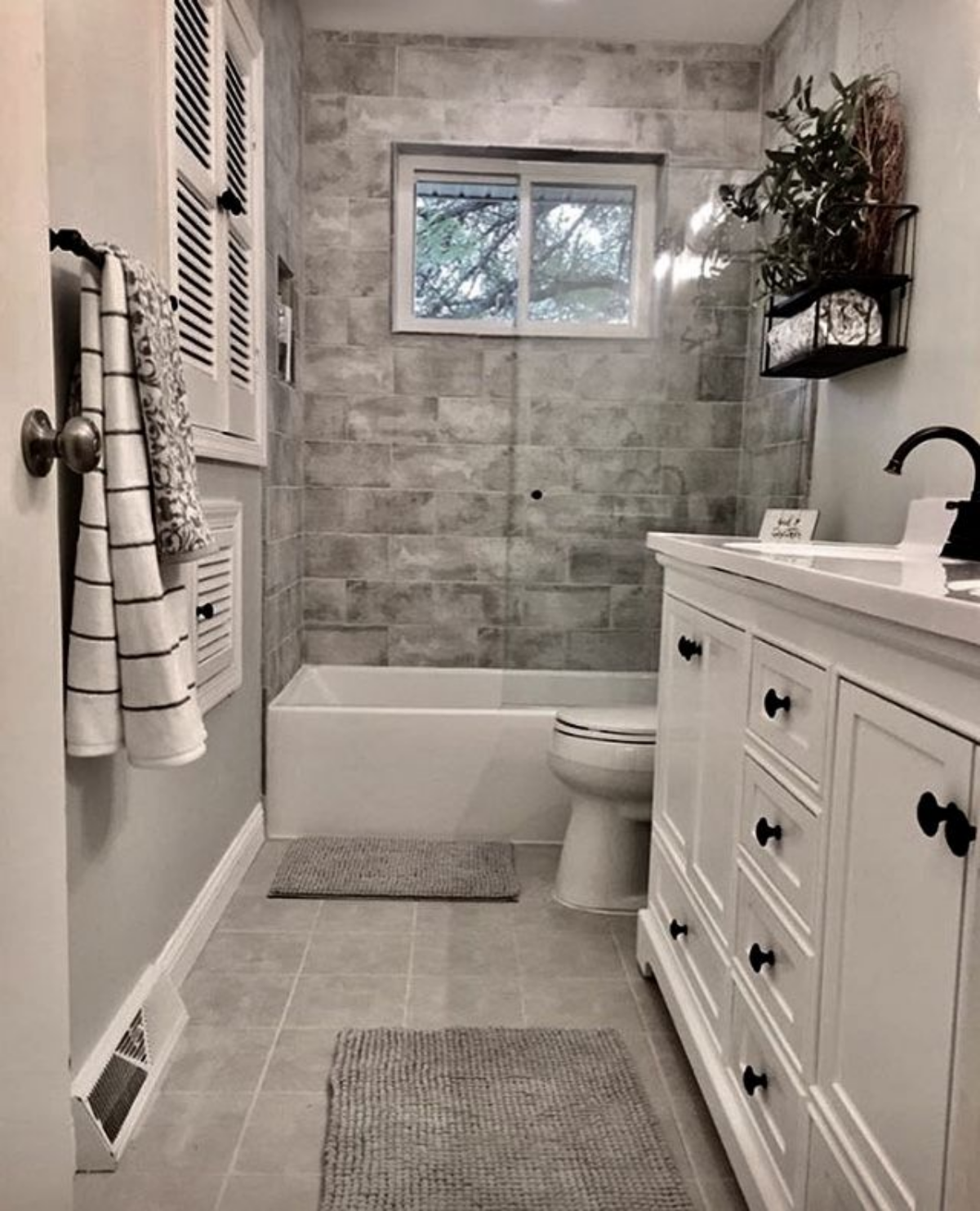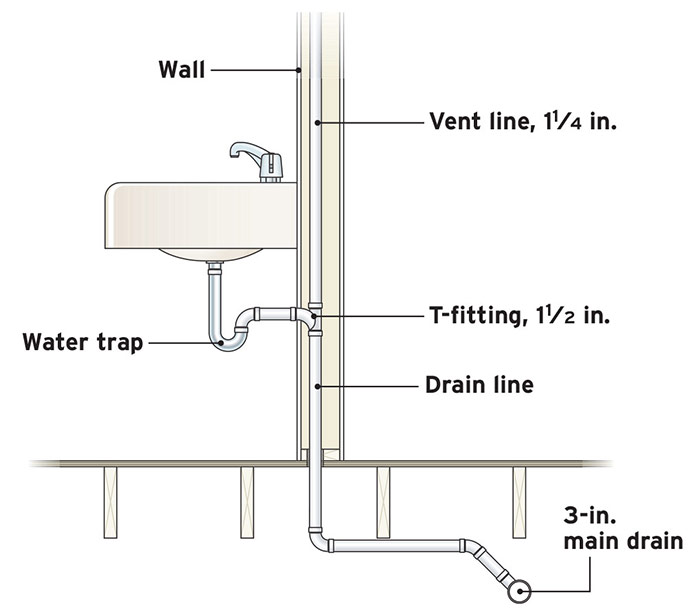Key Advantages for Correct Ventilation in Plumbing Systems
Key Advantages for Correct Ventilation in Plumbing Systems
Blog Article
How do you feel when it comes to What Is a Plumbing Vent and Why Is It Important?

Proper air flow in plumbing systems is commonly ignored, yet it is important for preserving the capability and safety of your home's pipes. Air flow assists regulate atmospheric pressure, avoid the buildup of damaging gases, and make sure the reliable elimination of waste. In this guide, we will certainly explore the relevance of correct pipes air flow, how it functions, and the advantages it offers your pipes system.
Understanding Ventilation in Plumbing
Ventilation in plumbing refers to the network of pipes that permit air to stream with the water drainage system. These vents offer several functions, including controling atmospheric pressure within the pipelines, protecting against sewage system gases from going into the home, and aiding in the smooth circulation of wastewater.
How Air Flow Functions in Plumbing Equipments
Air Pressure Policy
Correct ventilation maintains well balanced air pressure within the pipes system. When water flows via pipes, it displaces air. Without ample ventilation, this variation can create unfavorable stress, causing slow drains pipes or siphoning of water from catches, which can cause unpleasant odors to permeate right into the home.
Avoiding Drain Gas Build-up
Among one of the most crucial functions of plumbing vents is to avoid drain gases, such as methane and hydrogen sulfide, from gathering within the home. These gases can position severe wellness threats and are very combustible. Vent pipes enable these gases to get away safely outside.
Assisting in Waste Elimination
Air flow helps in the effective removal of wastewater by preventing airlocks in the drainage system. When air can move easily with the vents, it enables water and waste to stream smoothly through the pipelines, lowering the danger of blockages and backups.
Types of Plumbing Vents
Key Heap Vent
The primary stack vent, additionally referred to as the vent stack, is the main air vent in a pipes system. It prolongs from the main drainpipe align via the roof, enabling gases to leave and fresh air to get in the system.
Branch Vent
Branch vents connect to the primary pile vent and serve private components, such as sinks, toilets, and showers. These vents guarantee that each component has ample ventilation to operate appropriately.
Air Admittance Shutoff (AAV).
An Air Admission Shutoff (AAV) is a one-way shutoff that enables air to go into the pipes system without the requirement for a conventional air vent pipeline prolonging via the roofing system. AAVs are generally made use of in renovations or areas where mounting a common vent is unwise.
Signs of Poor Ventilation in Plumbing.
Slow Draining Fixtures.
If your sinks, tubs, or bathrooms are draining slowly, it could be a sign of poor ventilation. Inadequate air circulation can develop a vacuum cleaner result, making it hard for water to drain correctly.
Gurgling Sounds.
Gurgling noises originating from drains are frequently an outcome of air being drawn with water traps as a result of unfavorable stress in the pipelines. This is a clear sign of insufficient ventilation.
Unpleasant Smells.
Drain odors inside your home are a red flag that your pipes system is not correctly ventilated. This could mean that drain gases are not being effectively aired vent outside, resulting in possibly hazardous conditions.
Typical Ventilation Errors.
Insufficient Vent Sizing.
Utilizing undersized air vent pipelines can bring about inadequate air circulation and pressure imbalances in the system. It's vital to make use of vents that fulfill the certain demands of your plumbing system.
Improper Vent Positioning.
Putting vents as well far from the fixtures they offer can minimize their performance. Correct positioning guarantees that air can stream freely and successfully via the system.
Ignoring Code Requirements.
Building ordinance provide particular standards for pipes air flow. Neglecting these codes can lead to a system that falls short to function properly and might result in expensive repairs or health hazards.
Advantages of Appropriate Air Flow.
Enhanced System Efficiency.
Appropriately ventilated pipes systems run more efficiently, with fewer clogs, faster draining, and much less strain on the pipes. This efficiency prolongs the life expectancy of the pipes system.
Improved Air Quality.
By stopping sewage system gases from entering your home, proper ventilation contributes to much better indoor air high quality, making your living atmosphere healthier and a lot more comfortable.
Avoiding Water Damage.
Adequate air flow aids prevent water from being siphoned out of traps, which can bring about drain gases getting in the home and causing water damage with time.
Actions to Make Sure Proper Air Flow.
Consulting Plumbing Codes.
Always speak with neighborhood pipes codes when developing or changing your plumbing system. These codes offer the essential guidelines for appropriate airing vent and ensure your system meets security criteria.
Normal Assessment and Upkeep.
Normal assessments can assist determine prospective ventilation problems prior to they become significant troubles. Maintenance tasks, such as cleansing vent pipelines and looking for blockages, are vital for keeping the system in good working order.
Specialist Setup.
For brand-new installations or significant modifications, it's important to employ an expert plumbing. They have the knowledge to make certain the ventilation system is appropriately created and set up according to code.
Conclusion.
Correct ventilation is a vital part of any pipes system, guaranteeing that it operates efficiently and safely. By recognizing the importance of ventilation, identifying the indicators of poor ventilation, and taking actions to maintain your system, you can protect against pricey concerns and secure your home's air top quality.
What is a Plumbing Vent and it's used for?All plumbing systems in residential and commercials construction have a plumbing vent. It doesn’t just vent unwanted odors from the drainage system to the outside; it actually serves an important purpose by supplying air to the system.
The plumbing drainage system is actually called a drainage, waste and vent (DWV) system. When water flows down the piping, an air supply (vent) is needed to allow the water to flow. Think of the vertical pipe as a drinking straw. If you plug the top end of a straw, liquid won’t drain from it.
The DWV system in your building consists of a series of pipes connected to each fixture; they extend above each fixture, and the system terminates at an open pipe that extends through the roof. This piping allows air into the system and prevents unbalanced pressures in the piping.
?The vent also prevents the system from drawing water out of a trap at the fixture with the characteristic “glug-glug-glug” as the drain gasps for air. Plumbing traps should drain smoothly and never “glug” or gasp for air.
If you have a drain that empties slowly or gurgles as it drains, this may indicate a venting problem. If you flush a toilet and the sink gurgles, there’s definitely a vent problem. It is good idea to have a Plumber check this.
https://www.ameliashomeinspection.com/blog/what-is-a-plumbing-vent-and-its-used-for

I have been very occupied with What Is A Plumbing Vent & How Do They Work? and I hope you enjoyed reading the entire piece. Sharing is nice. Who knows, you may just be doing someone a favor. Many thanks for going through it.
Schedule Your Service Report this page